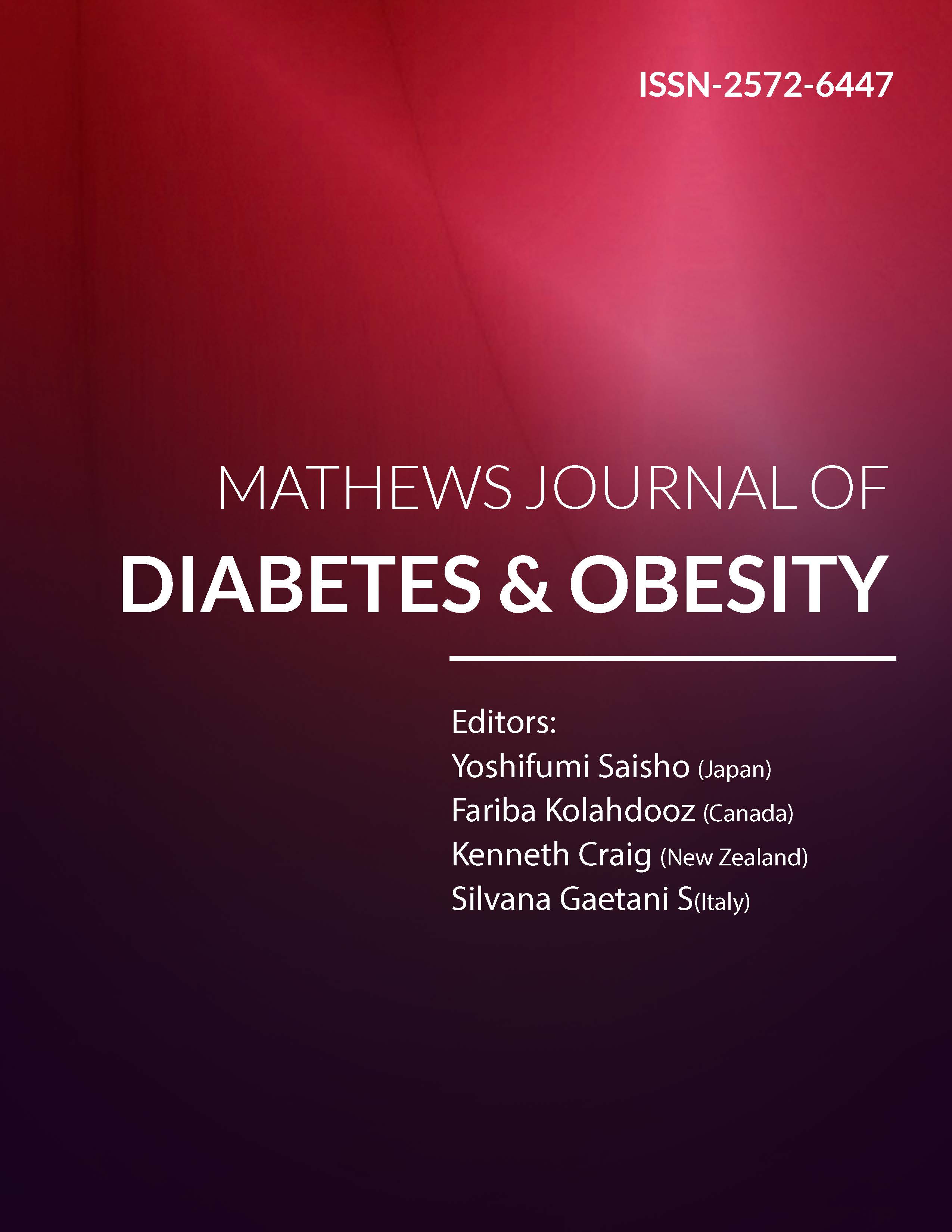
Information Links
Previous Issues Volume 2, Issue 2 - 2017
Microwave-Assisted Extraction of Phenolic Compounds from Date Palm Saps (Phoenix Dactylifera L.) and Their Antioxidant, Antidiabetic and Antibacterial Activities Evaluation
Raed Abdennabi1,2*, Nicolas Gaboriaud2, Vivek Ahluwalia2, Job Tchoumtchoua2, Amine Elgheryeni3, Alexios Leandros Skaltsounis2, Neji Gharsallah1
1Laboratory of Plant Biotechnology, Faculty of Science, B.P. 1171, 3000, University of Sfax, Tunisia.
2Laboratory of Pharmacognosy and Natural Products Chemistry Athens 15771, Greece.
3Uiversity of Toulouse II Jean Jaures, France
Corresponding Author: Raed Abdennabi, Laboratory of Plant Biotechnology, Faculty of Science, B.P. 1171, 3000, University of Sfax, Tunisia, Tel: +216 98 69 43 98; E-Mail: [email protected]
Received Date: 24 Oct 2017
Accepted Date: 16 Nov 2017
Published Date: 20 Nov 2017
Copyright © 2017 Abdennabi R
Citation: Abdennabi R, Gaboriaud N, Ahluwali V, Tchoumtchoua J, et all. (2017). Microwave-Assisted Extraction of Phenolic Compounds from Date Palm Saps (Phoenix Dactylifera L.) and Their Antioxidant, Antidiabetic and Antibacterial Activities Evaluation. Mathews J Diabetes Obes. 2(2): 010.
ABSTRACT
Date palm sap (DPS) of Phoenix dactylifera L. is a popular juice consumed as a fresh drink called “Lagmi” and listed in folk remedies for diabetes. This study was aimed to at developping optimal microwave assisted extraction conditions for recovery of phenolic compounds from date palm saps and to evaluate their antioxidant, antidiabetic and antibacterial. Extraction process was optimized for the first the time with with inexpensive solvent and optimization was done for first time extact polyphenolic compounds from Phoenix dactylifera. The extraction of phenolic compounds was achieved by Microwave Hydro-distillation (MWHD) with some modifications. The results showed that the extracts from saps of four date palm varieties are rich in polyphenols and flavonoids (Thokar variety: 26.630 ± 0.007 mg GAE/ g, Khalet variety: 13.520 ± 0.056 mg QEd/ g. The polyphenols content helps to have an antibacterial activity with the most of the extracts such as Khalet variety 16 mm against Staphylococcus aureus. The highest antioxidant capacity was obtained with Thokar variety 220.000 ±1.414 (mg alpha tocopherol/g). The extracts exhibited an interesting antidiabetic activity which is more important for Thokar variety with IC50 of 91.024 µg/ml. The results obtained herein indicate that DPS may contain interesting compounds which can be used as additives in food, cosmetic and medical preparations.
KEYWORDS
Date Palm Sap; Antioxidant Capacity; Antidiabetic; Antibacterial; Bioactive Phenolic Compounds.